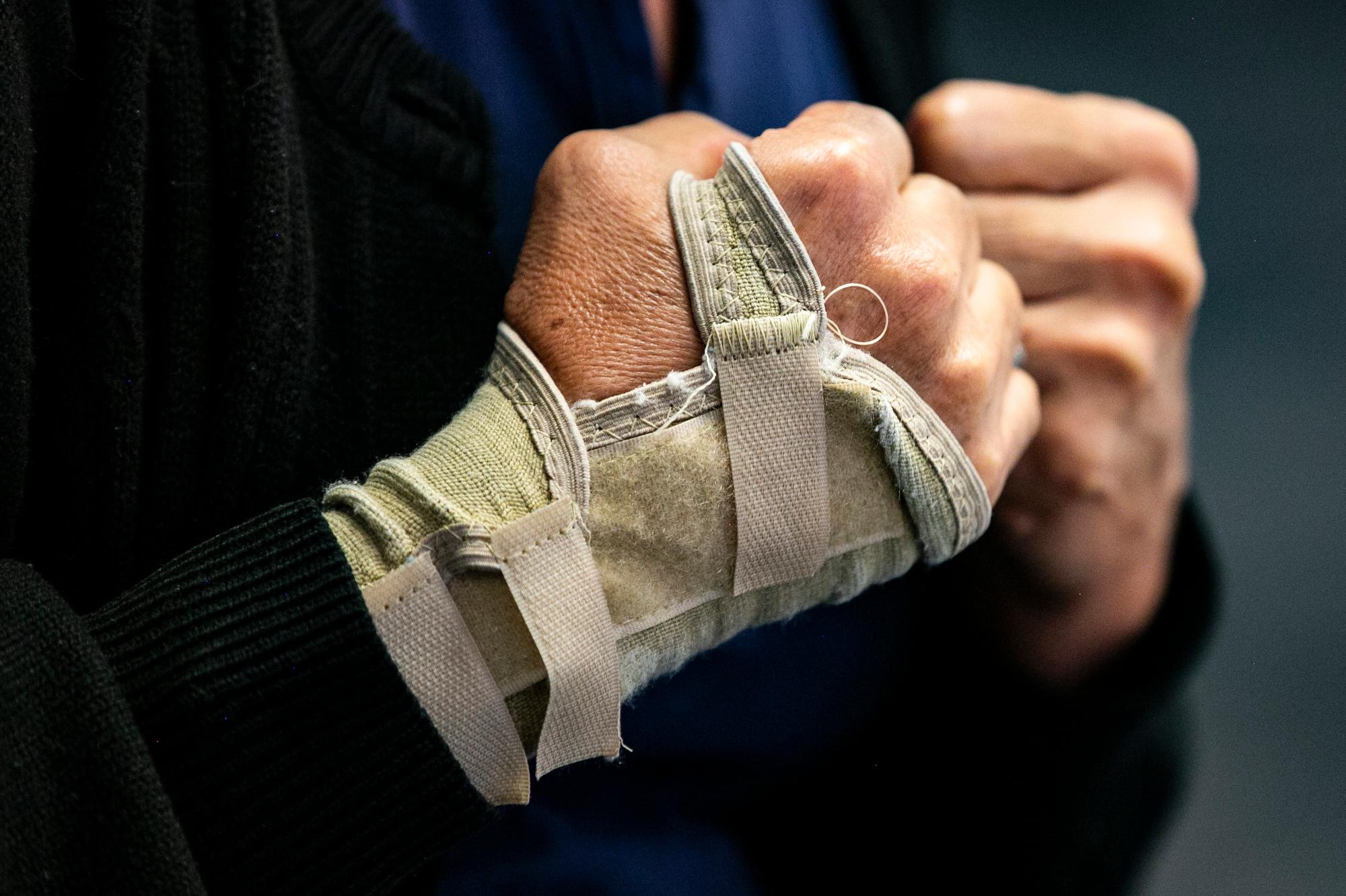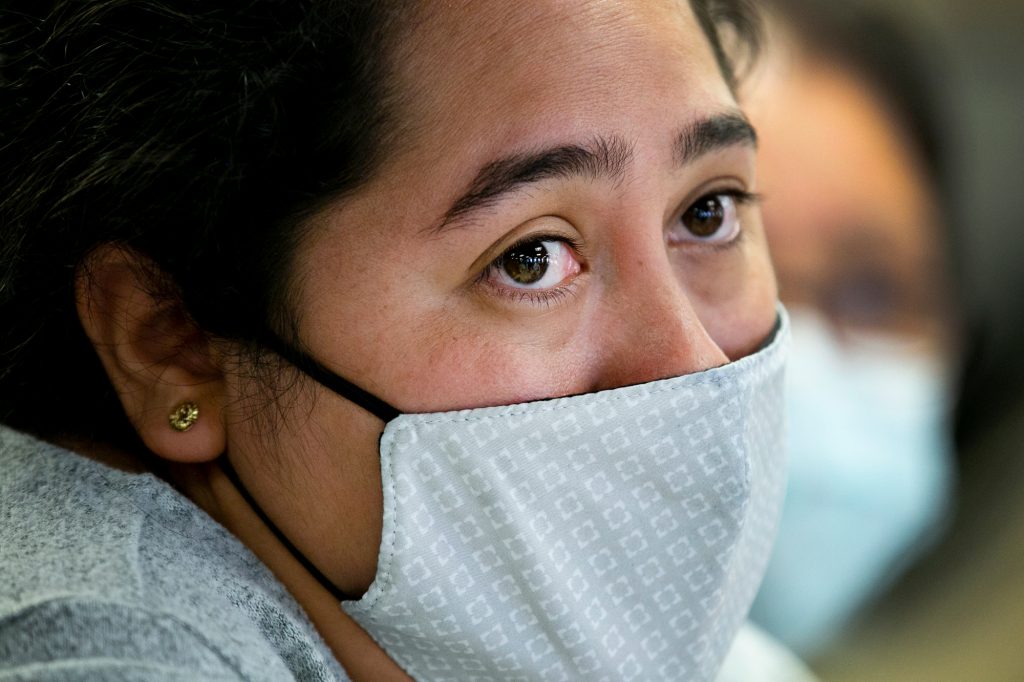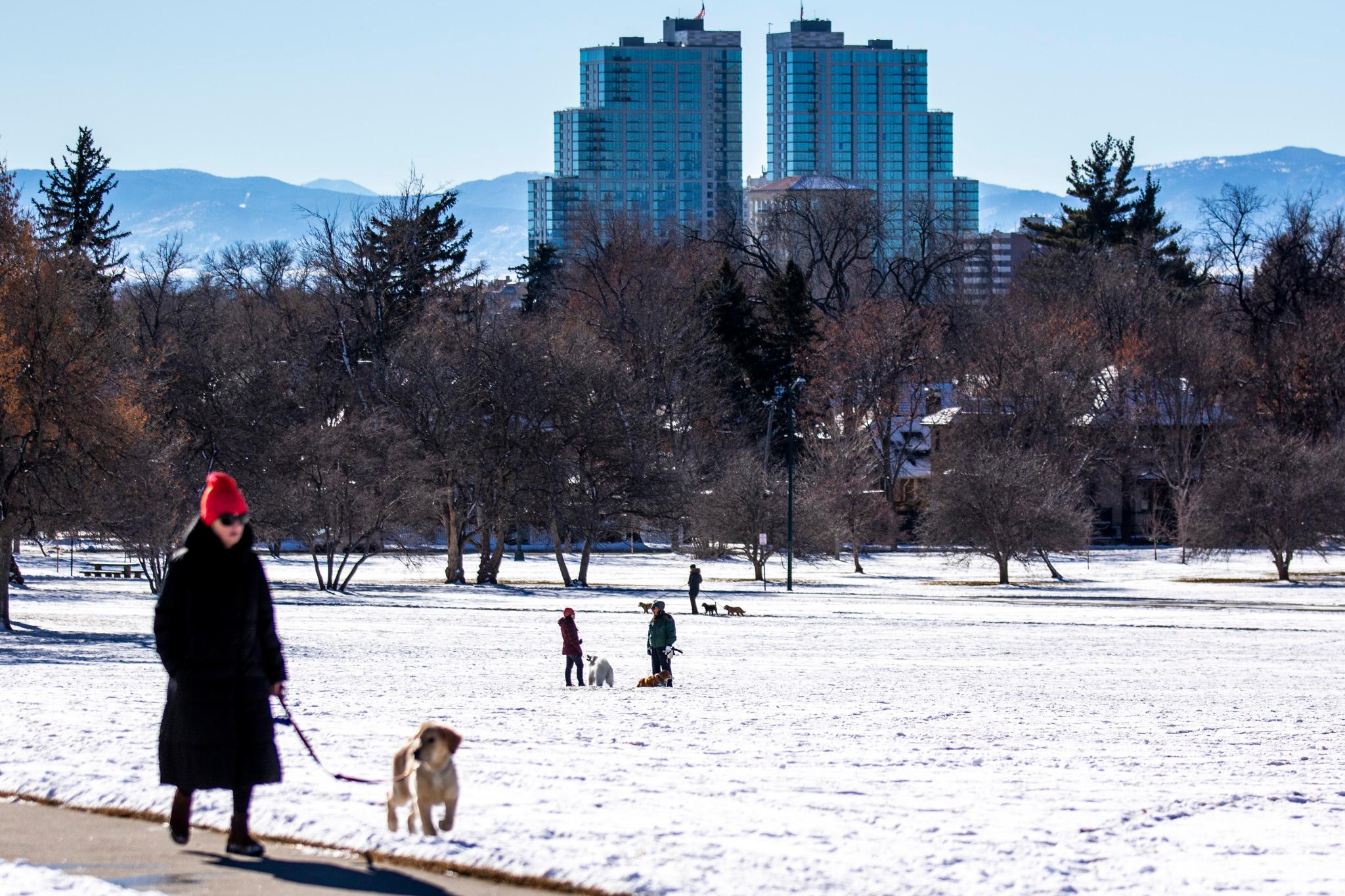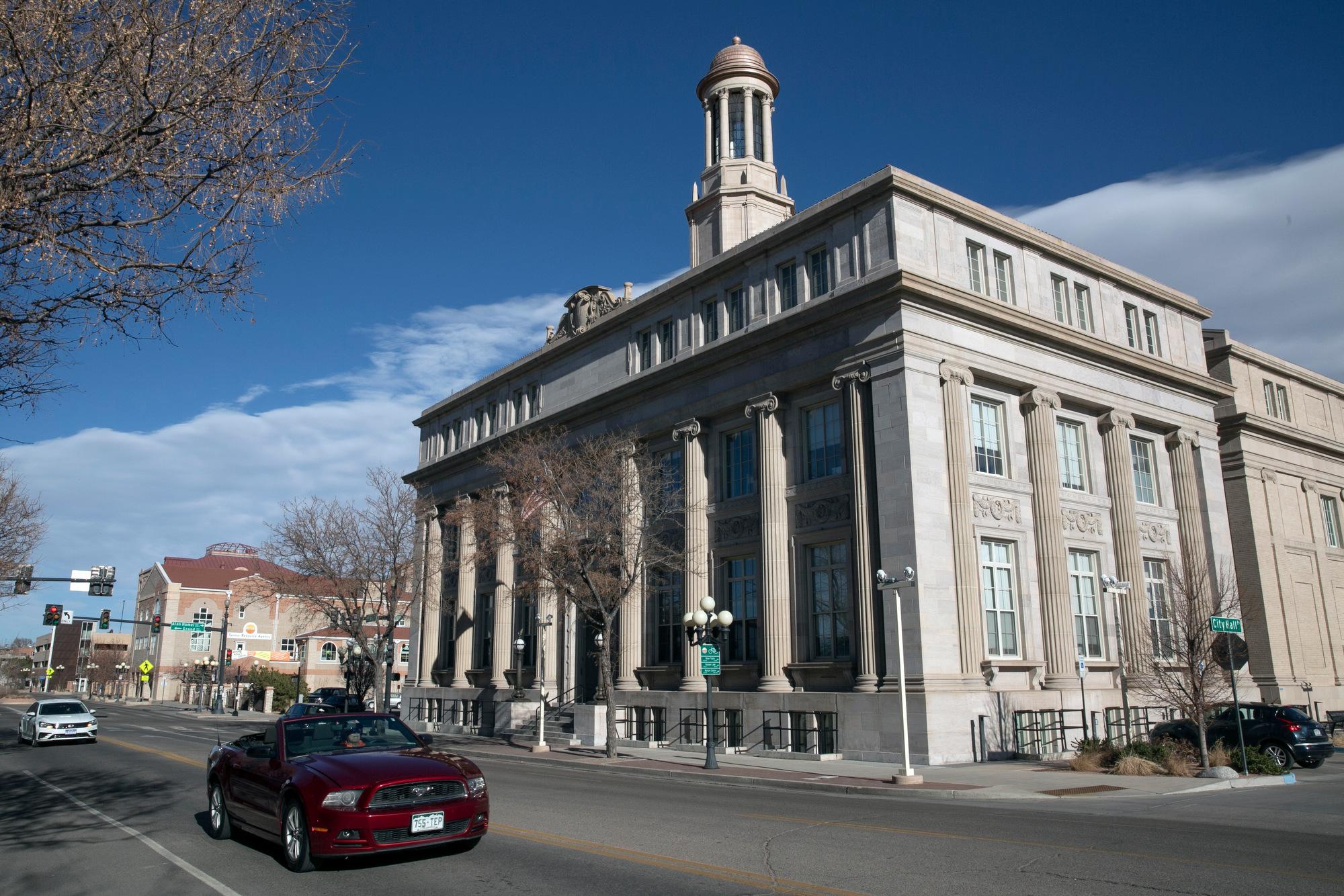
The pandemic has changed us. It’s changed the way we interact with each other, it’s changed how we go out in public, it’s changed how we shop — and it has certainly changed the way we work, in and out of the office.
Now, more and more people are getting fully vaccinated, but going back is proving to be complicated. Some people like or need remote work and some companies like the idea of paying for less office space. Others need a lunch crowd to survive. And some workers never left the buildings their jobs are in. The one thing that is certain is that this is uncharted territory.
In the coming months, business reporter Sarah Mulholland will be reporting on all facets of the return to the office — what it means for companies, employees, essential staff, and the small business owners, baristas and waiters nearby.
As companies rethink how they use office space, the outcome could have far reaching consequences for those who can work remotely – and, for some who have been in the office the whole time.
There are thousands of people across the state who keep offices clean and safe, who monitor mechanical systems and change light fixtures. And like a lot of people, they're wondering what the post-pandemic workplace looks like.
Ermisenda Arias works as an overnight janitor at the Optiv Building, among the newest office towers in downtown Denver. The 40-story skyscraper is a prominent feature of the city skyline. Everything from the polished lobby floors to the planters is immaculately kept, ready for the lawyers, bankers, consultants and cybersecurity experts that filled the building before the pandemic.
It’s not clear how many office workers are back at their desks, but Arias, who spoke to Colorado Public Radio News through a Spanish-language translator, and about a half-dozen women have been coming into the Optiv Building to clean throughout the pandemic. While Arias had her hours cut, some of her coworkers lost their jobs.
It was difficult to make ends meet, she says. On top of that, she worried about bringing COVID-19 home to her two young children.
Workers cut during the pandemic have not been brought back as spaces reopen
Arias has since regained the hours she lost at the start of the pandemic. But her employer, CCS — one of the largest building maintenance contractors in Colorado — hasn’t brought the rest of the workers back, even though the office is getting busier. There are just eight people on the overnight staff currently, compared to 12 prior to the pandemic, Arias said.
With less staff to spread the work around, the remaining workers have more floors to clean — with less time to do it in, according to Arias. She says she had to learn to walk faster.
On top of their regular duties, cleaning crews have to do additional deep cleaning and disinfecting to comply with pandemic protocols. Even if an office is empty, everything has to be thoroughly cleaned, Arias said.

In an email, a spokesperson for CCS said “as customer needs evolve, we regularly evaluate each job site to ensure appropriate staffing levels to accomplish each customer’s cleaning needs.”
Juan Montanya is the property services director for SEIU Local 105, the union that represents janitorial workers, including Arias. Their contract with companies like CCS expires in July. The union is pushing hard during negotiations to go back to full staffing levels.
“Luckily [this] is the moment to bargain, so we are going to try to get some advances in workload because once you cut, it is very hard to bring it back to what it was,” Montanya said.
Building crews were asked to enforce public safety guidelines and keep eye on empty offices
A lot of office building personnel haven’t necessarily had their hours cut — but their daily routines have changed.
Judy Duran is a senior director of property management with CBRE, a commercial real estate firm. Her team oversees security staff, engineers and janitors for office buildings across Colorado.
Security staff had to start enforcing government orders — like reminding people to put their masks on, according to Duran. Sometimes, they might take a lap around the building to look for the things that tenants might otherwise notice, she said.
“We used them as our eyes and ears to make sure there weren’t any issues with toilets overflowing or offices that were left unlocked, just to keep an eye on the building itself,” Duran said.
Duran says that while there have been cuts in overnight janitorial staff, there haven’t been cuts in most other roles. Buildings have to be properly maintained and comfortable, she said, even if only a handful of people are actually coming in.
“We may have a building that has 800 people and we would see maybe 50 or 60 people during the day. But we still have the same obligation to those 50 or 60 people that would come into the office every day,” Duran said.
Some workers are on-site every day
Craig Johnson is a director of engineering operations with CBRE.
He runs a group that maintains HVAC equipment and a host of other electrical and mechanical systems that most people don’t think about during the workday. His people have to be on-site every day.
He said the most difficult time was when the pandemic first started, and it wasn’t yet clear how the virus spread.
“It made it difficult to work because you’re fully masked, you’re wearing goggles, you’re wearing everything you can in order to prevent anything … but you didn’t know,” Johnson said.









